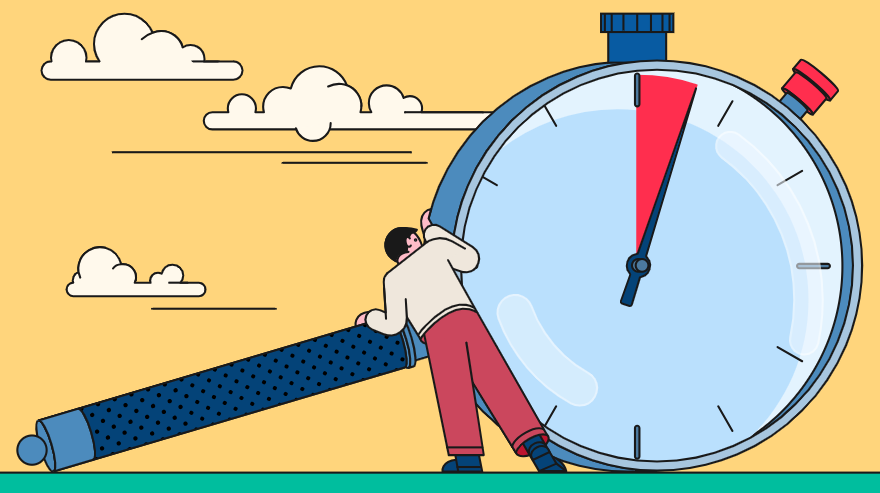
Yoga, journaling, listening to a podcast: these might sound like activities best suited for time outside of work hours. However, they could just as easily become valuable components of the workday itself. In fact, companies are discovering that short, mindful detours in the middle of the workday can be a critical tool in staff retention and wellbeing.
What are side quests – and why do they matter?
In video games, a side quest is an additional undertaking that branches off from the main mission or storyline. Recently, the term has gained traction on social media as a way to describe brief, intentional breaks from one’s main work tasks.
In the workplace, side quests might look like a quick walk or a creative brainstorming session. Far from being distractions, these moments help employees recharge, refocus and return to work with renewed energy.
By turning downtime into productive recovery, side quests may help boost wellbeing at a time when burnout and disengagement among the UK workforce looms large. What’s more, organisations that embrace more flexible ways of working are seeing tangible benefits, from increased productivity to stronger employee loyalty and engagement. Indeed, Gallup research shows employees with a high degree of autonomy are 75% more likely to be engaged in their work.
Yet in many workplaces, productivity is still measured by presence: mandated office days, number of phone calls made, time at the desk or responsiveness to emails. But a study by the University of Oxford Wellbeing Research Centre found that organisations focusing on outcomes and wellbeing, rather than hours worked, achieve “sustained performance advantages.”
Unlike the old model of rigid schedules, side quests celebrate autonomy. They represent a cultural shift: employees don’t just want flexibility in where they work, they want flexibility in how they work.
How can firms embrace side quests?
There are numerous ways companies can experiment with side quest structures. An easy place to start is the introduction of micro-flex zones: setting aside 30-60 minutes mid-day for brainstorming detours or tool testing.
Organisations may want to introduce mini challenges, such as hackathons or friendly competitions where participants can step away from routine tasks and tackle tasks linked to bigger projects. Other side quest examples might include journaling or letting employees carve out time in their work day to listen to podcasts and attend short courses.
Some organisations promote wellness breaks, where employees are encouraged to try mindfulness exercises, office yoga or stretching routines – small movements that reset focus without leaving the workspace entirely.
Executives can take their own side quests too, such as a 15-minute coffee walk or visiting different teams to brainstorm. Visible participation signals permission and encourages wider adoption across the organisation.
Side quests might have started as a social media trend, but they have real-world merit. Small breaks act as resets, improving focus, creativity and emotional resilience. When employees are trusted to manage their time, and encouraged to take meaningful breaks, they give more back.

Yoga, journaling, listening to a podcast: these might sound like activities best suited for time outside of work hours. However, they could just as easily become valuable components of the workday itself. In fact, companies are discovering that short, mindful detours in the middle of the workday can be a critical tool in staff retention and wellbeing.
What are side quests – and why do they matter?
In video games, a side quest is an additional undertaking that branches off from the main mission or storyline. Recently, the term has gained traction on social media as a way to describe brief, intentional breaks from one’s main work tasks.
